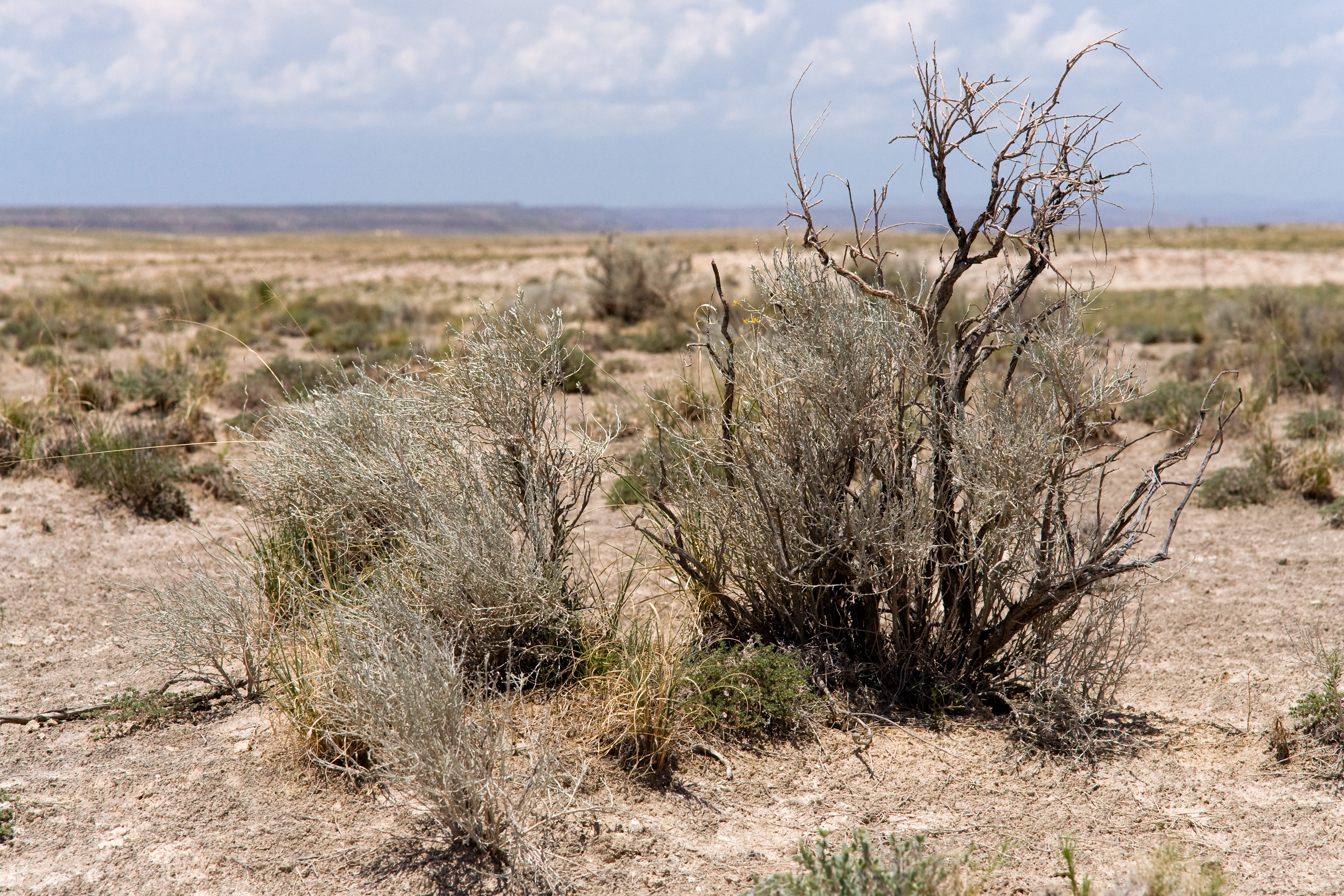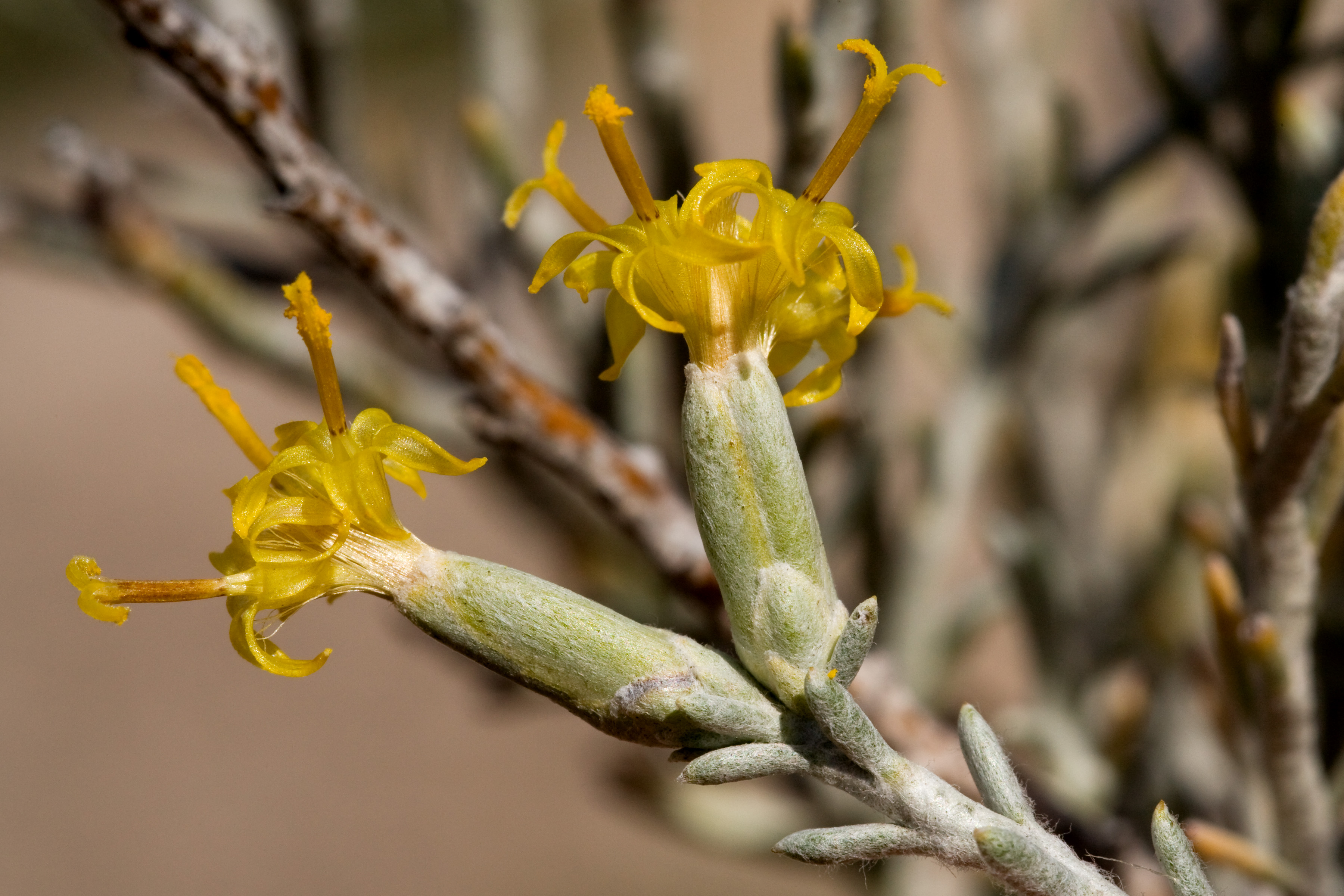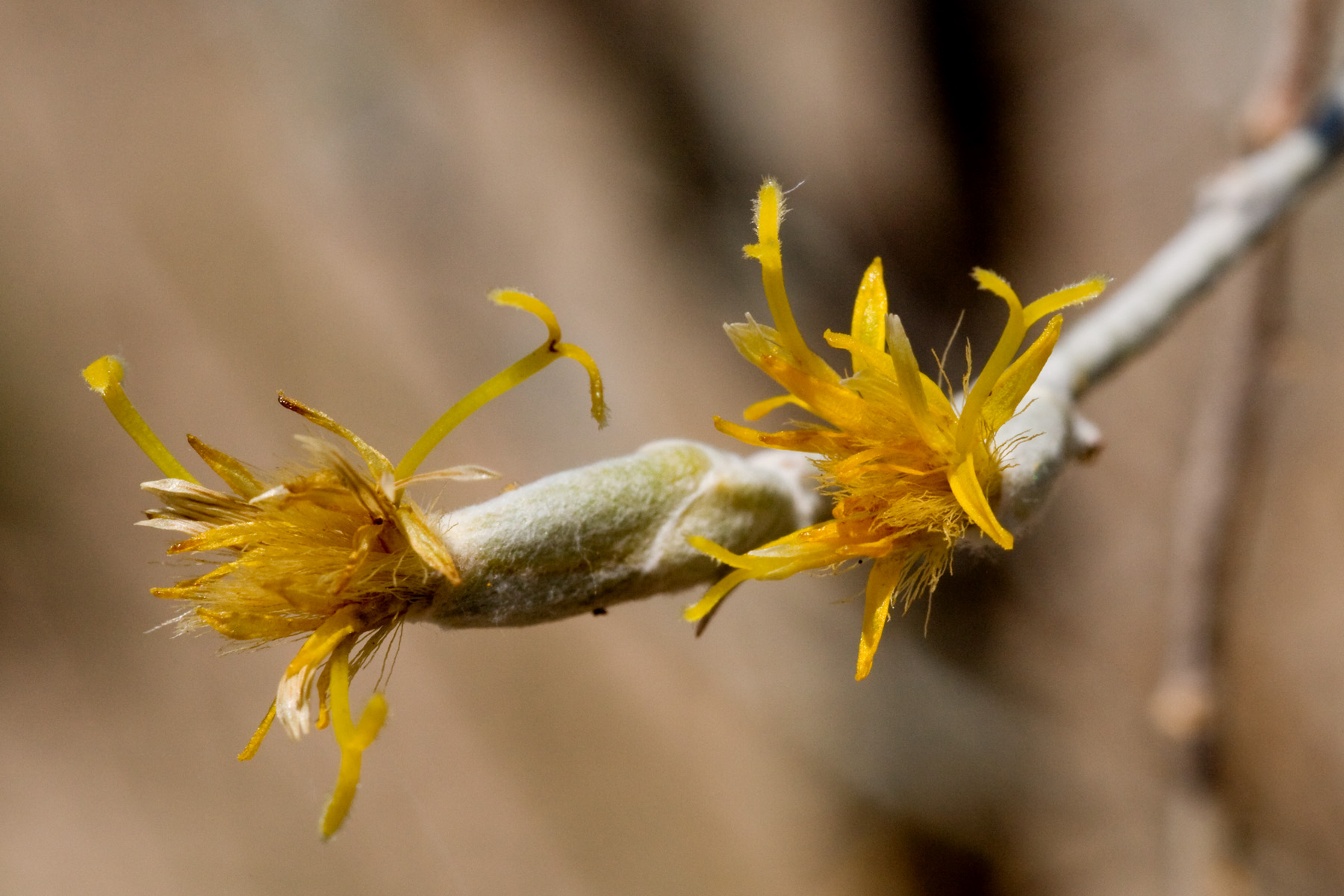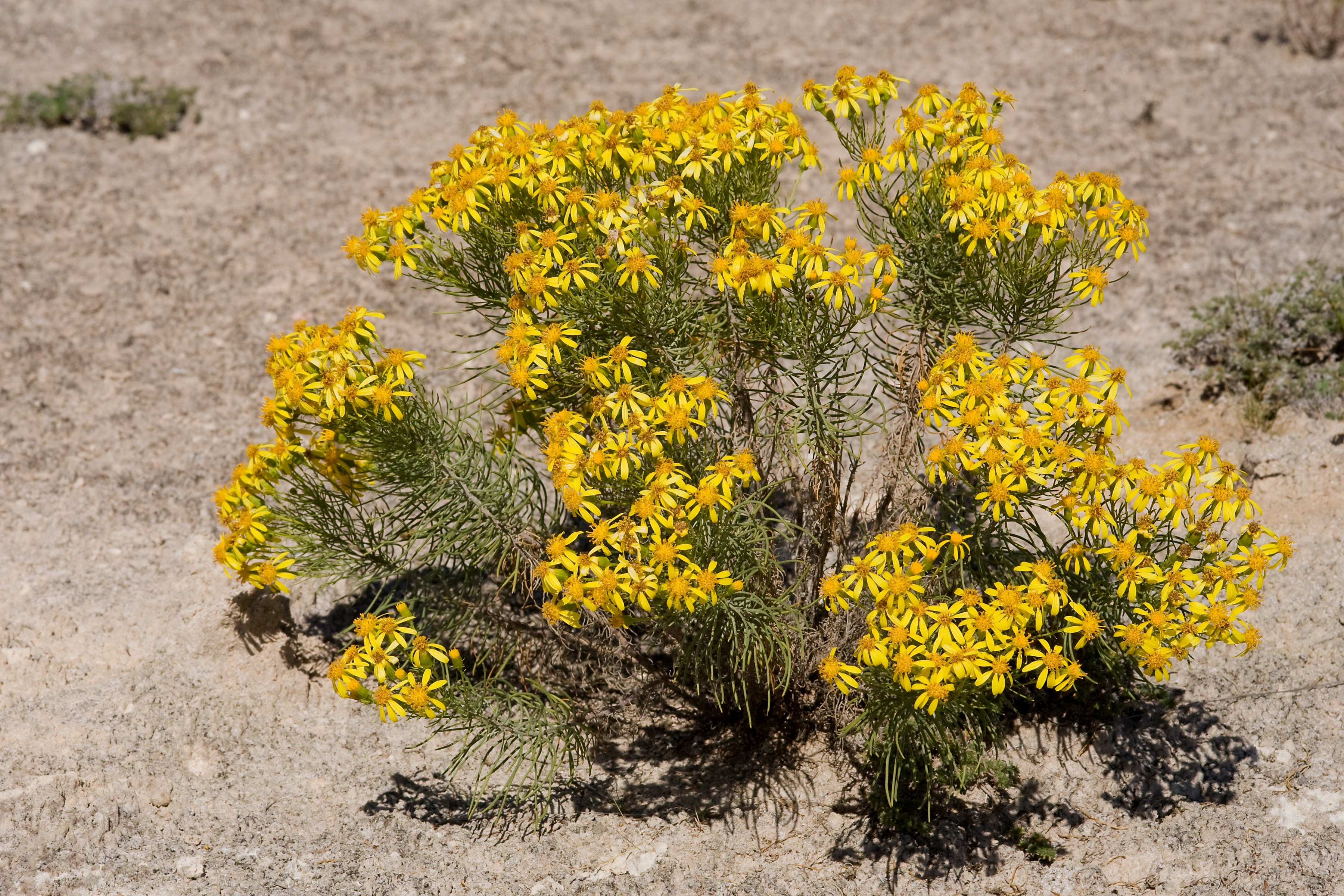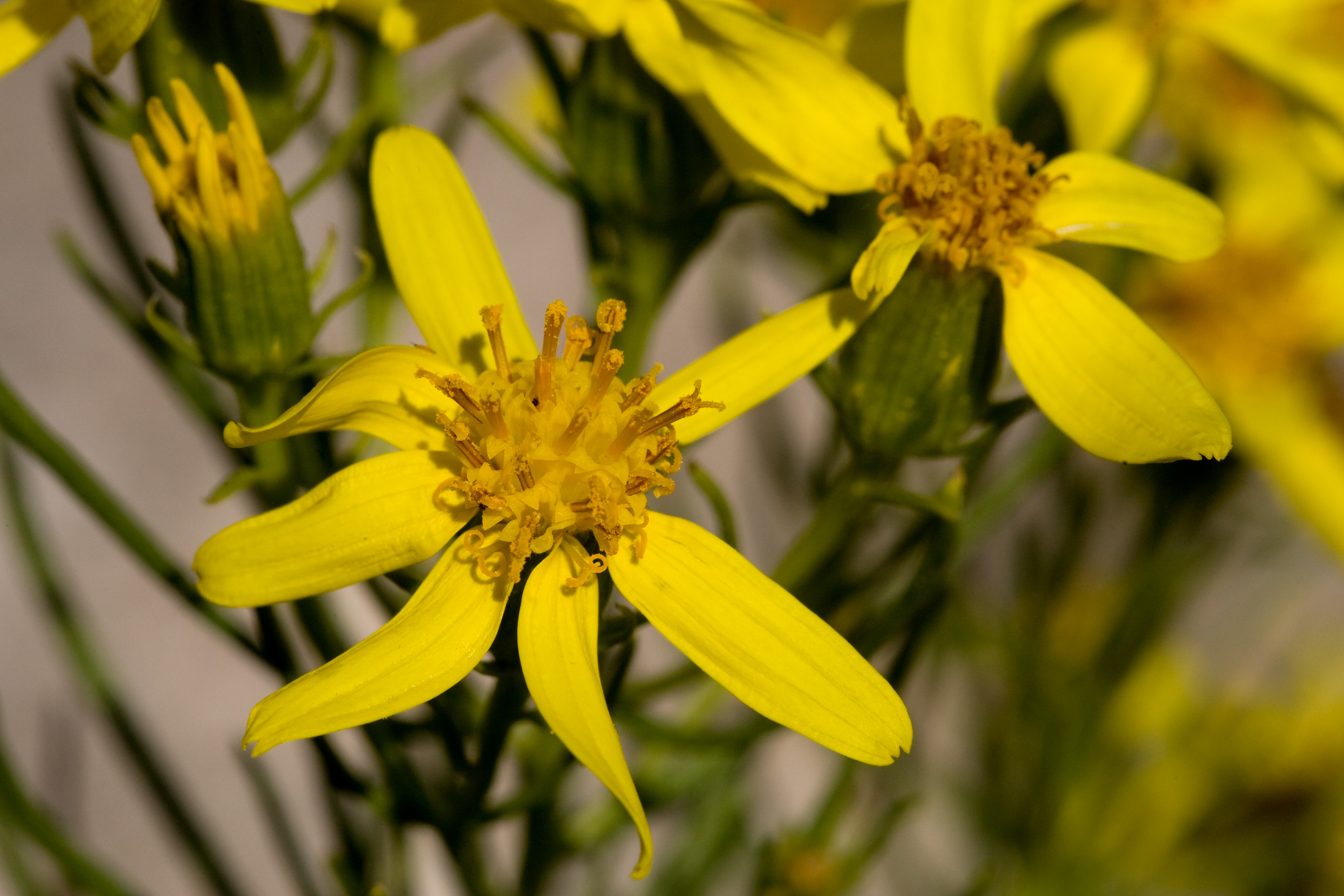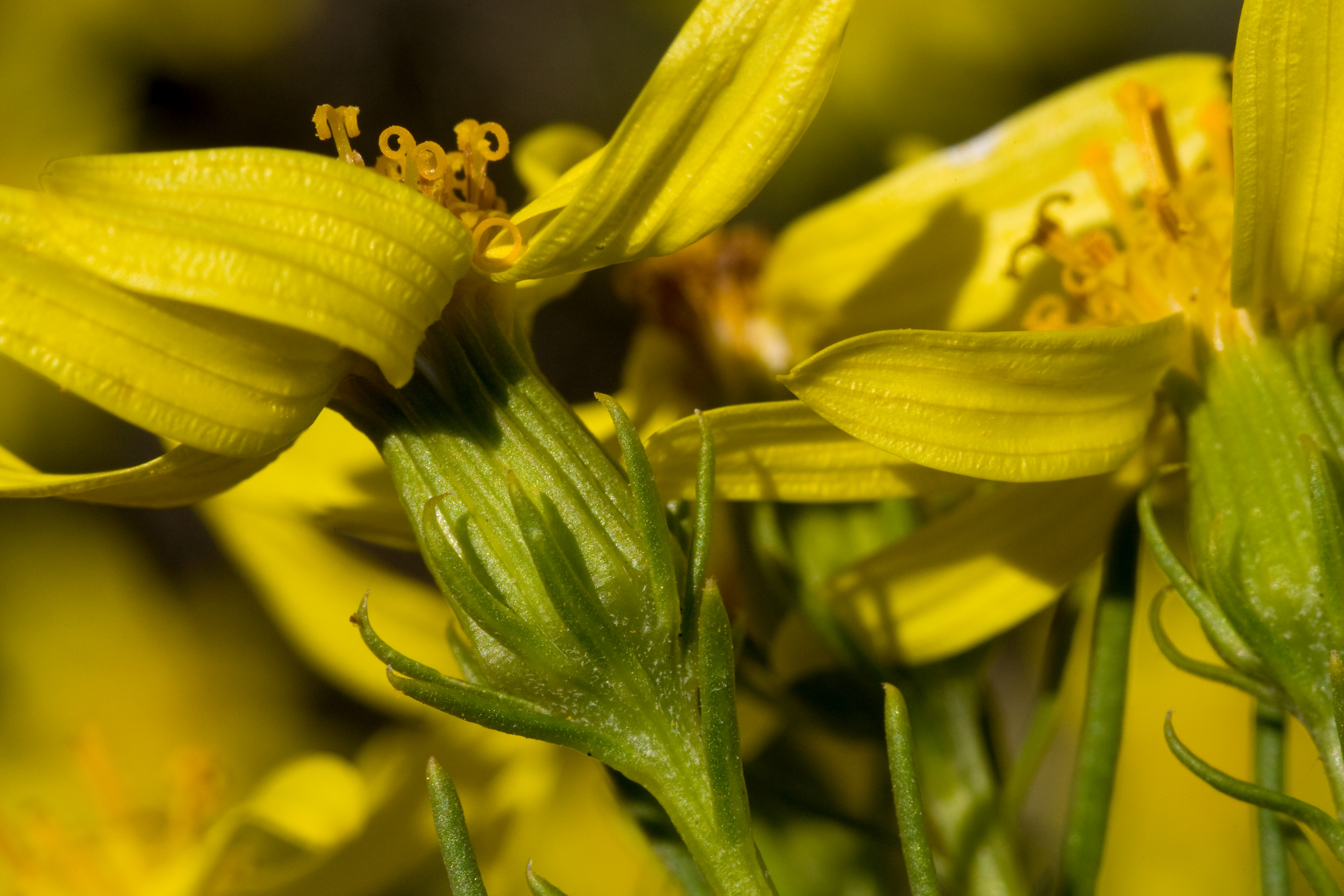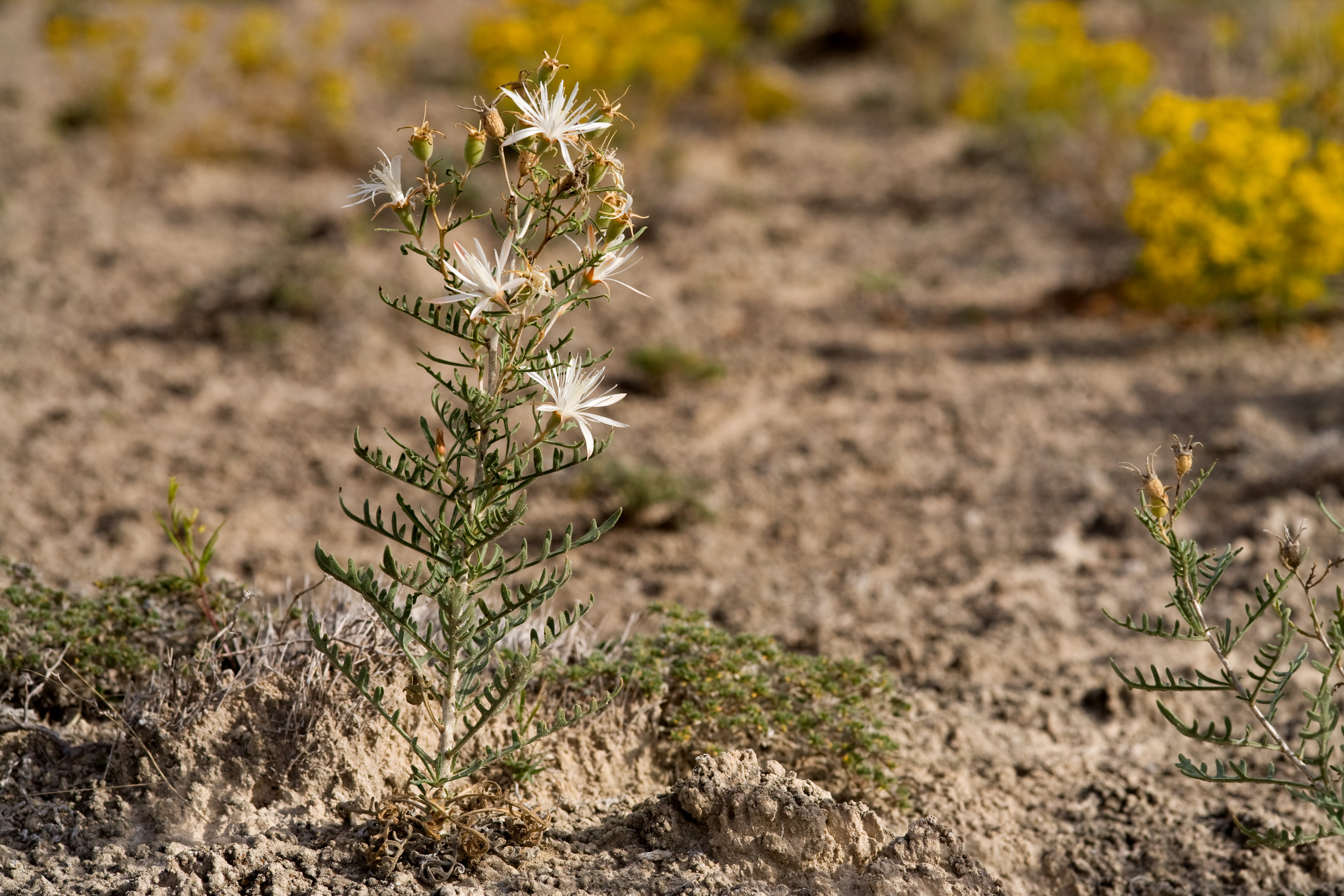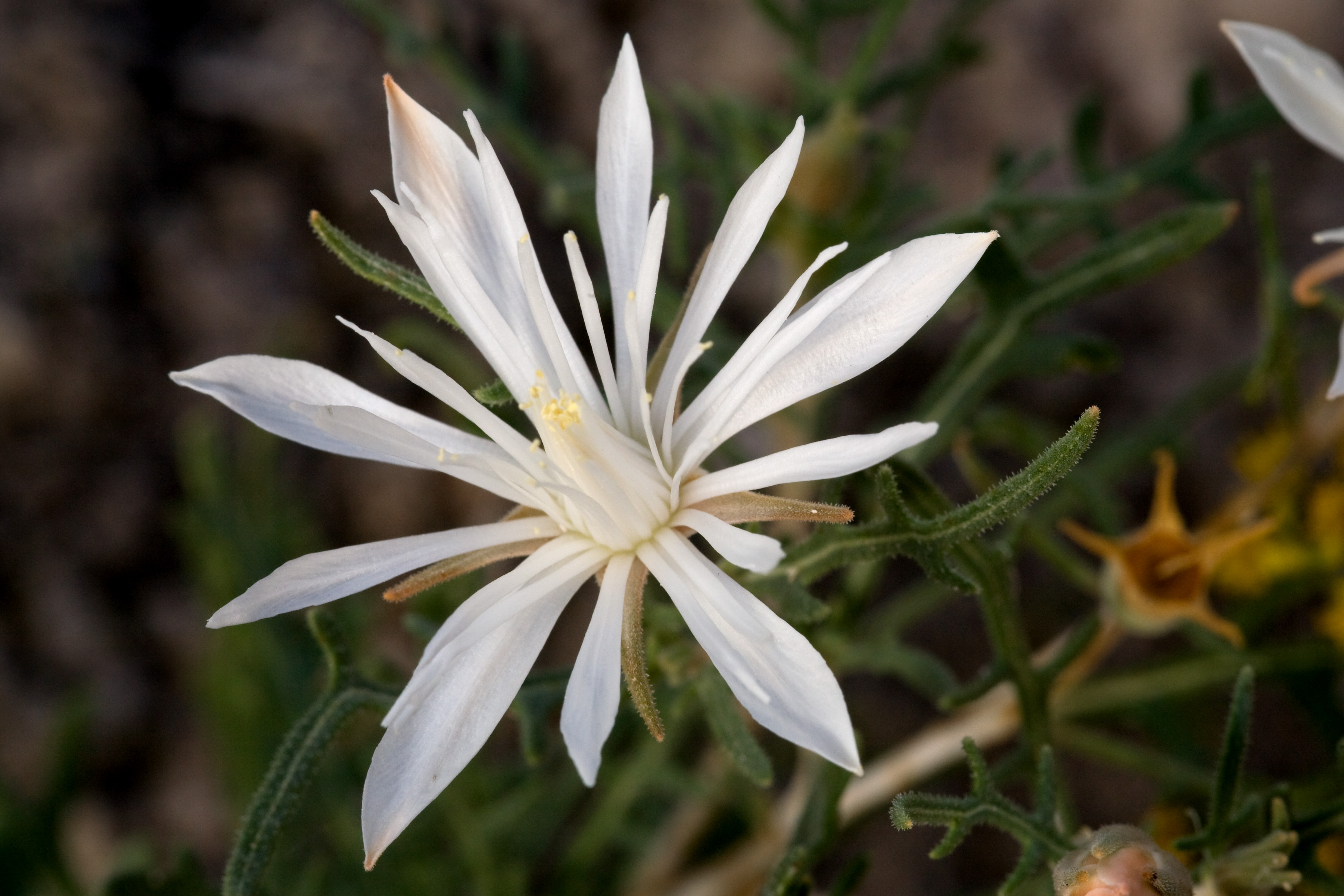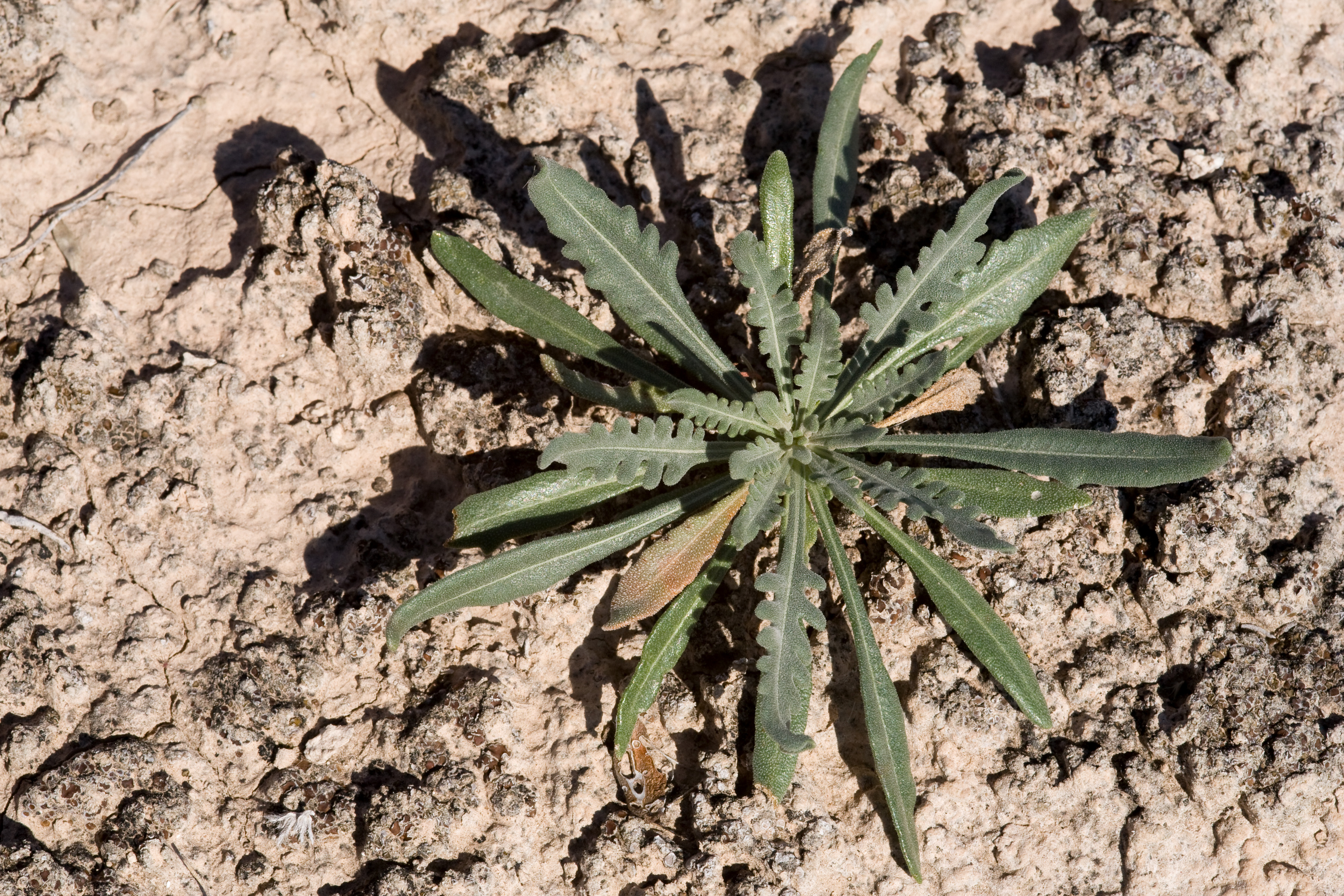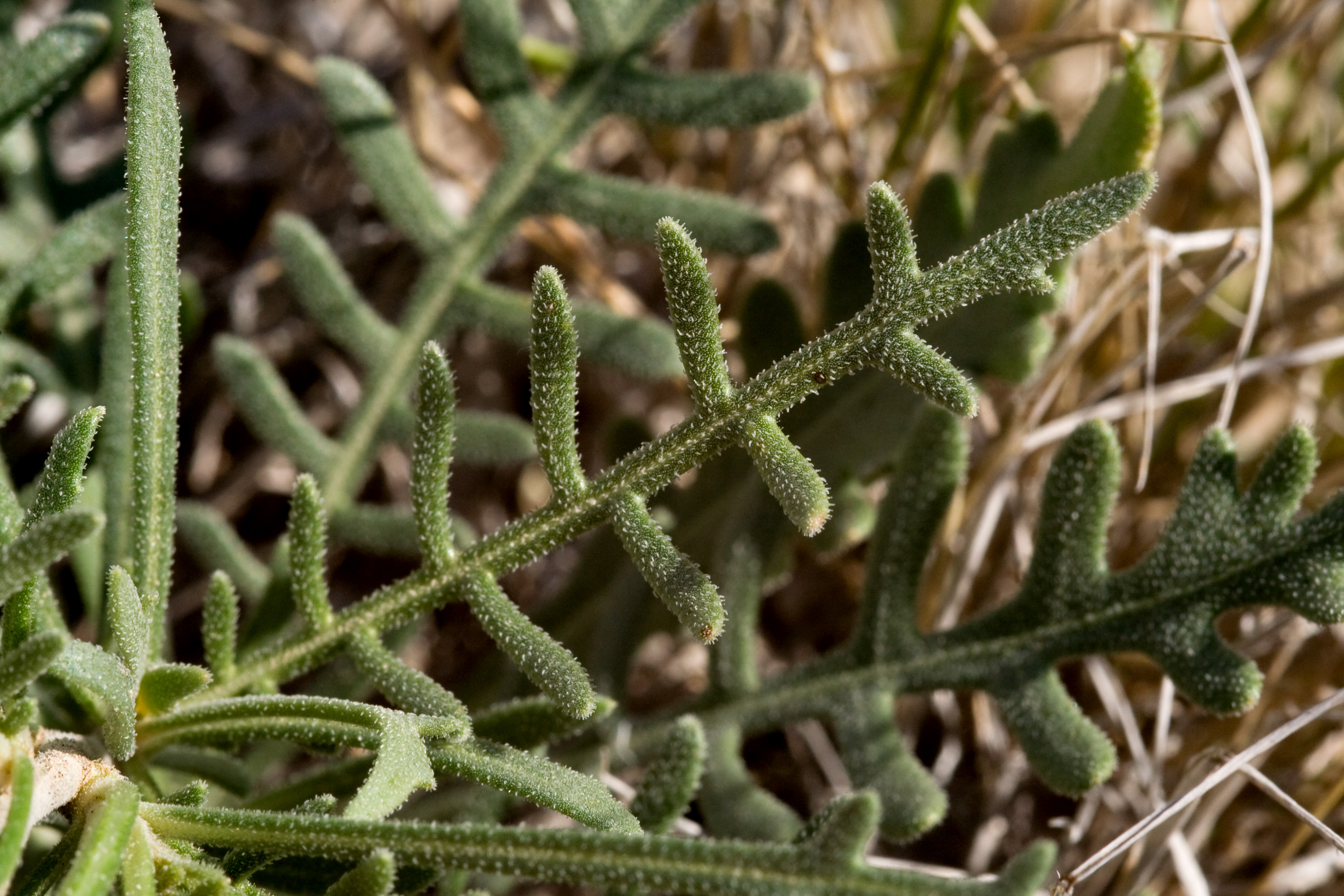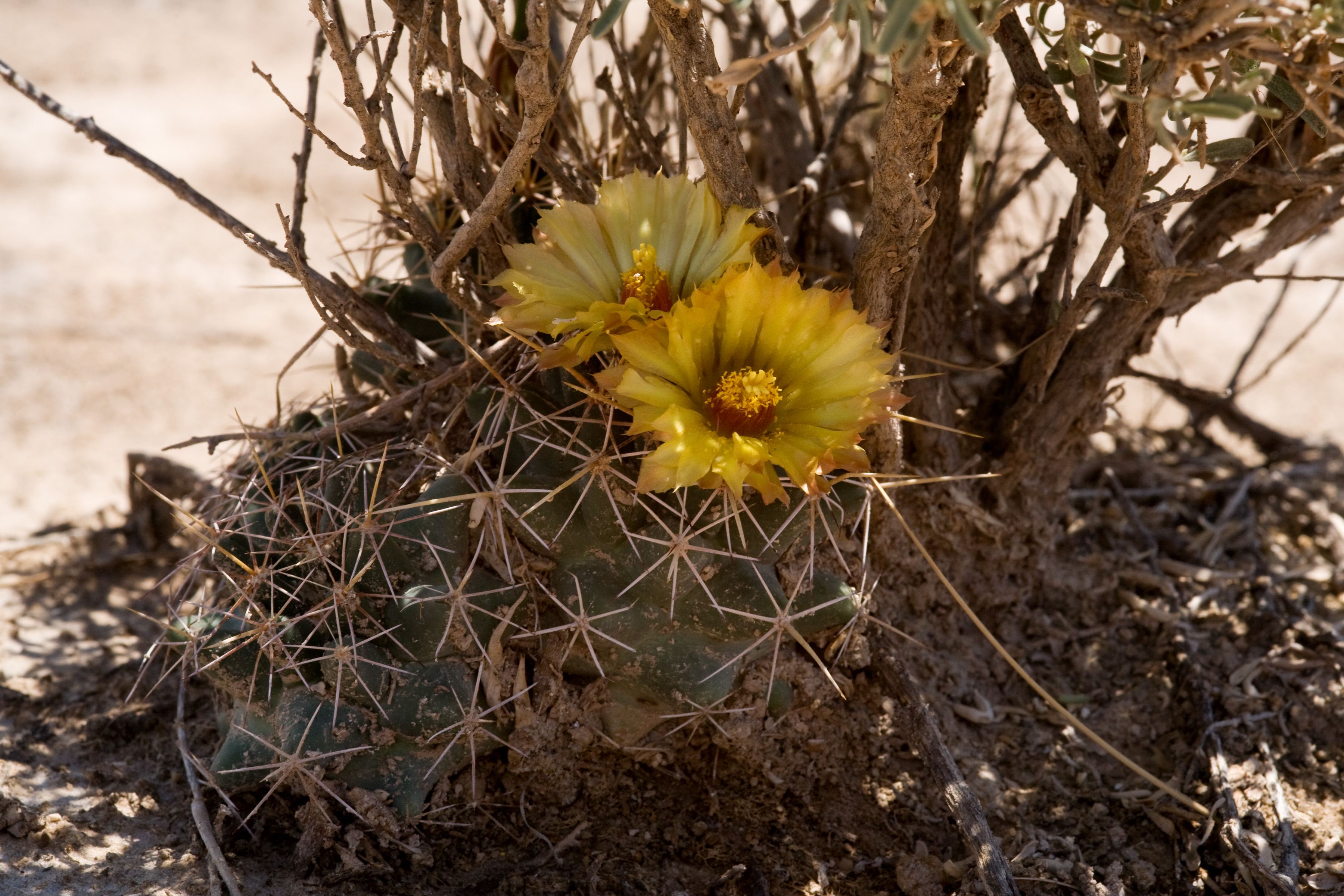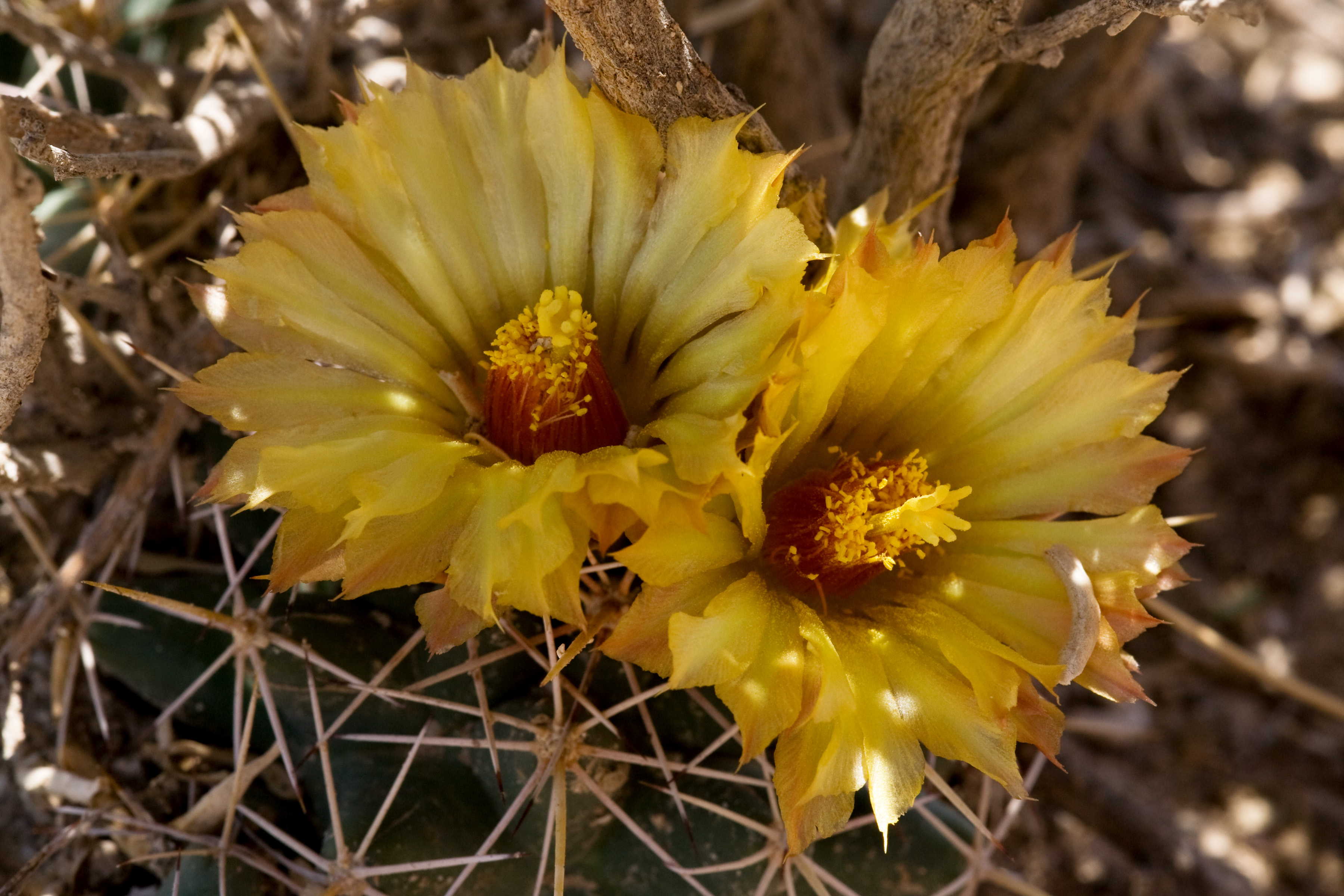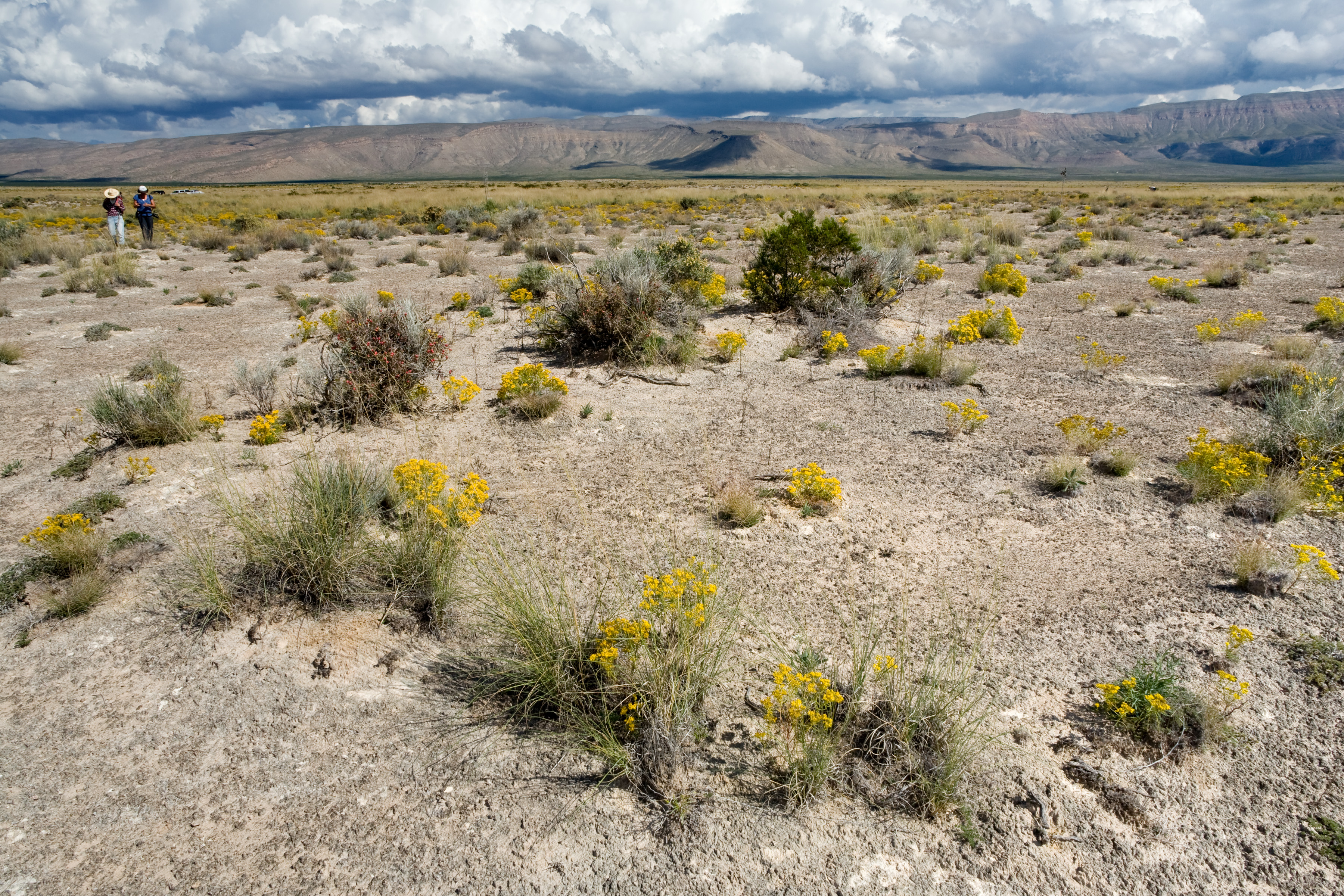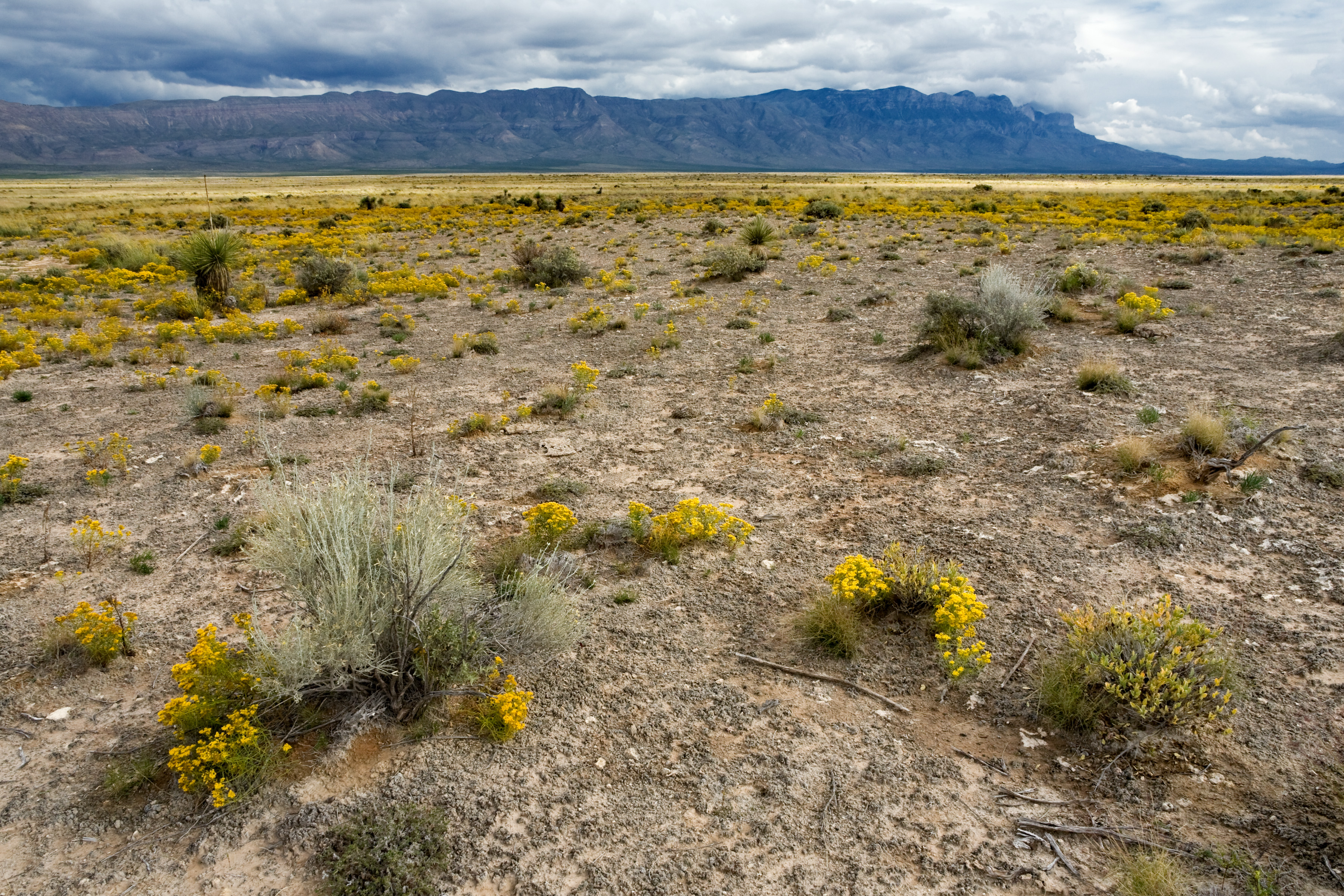There have been some more exciting developments in the land of Pediomelum pentaphyllum, which I’ll probably discuss in more detail in my next post. The short version is that there were previously two broadly-defined populations known in Arizona. Now there are, depending on how broadly you want to define them, four or five! Put that on top of the new population we found in New Mexico, and we’ve gone from three populations to six (or seven) this year. It’s still rare, but it’s looking like Pediomelum pentaphyllum is at least in better shape than we thought. For the next few days, I’m going to go look for more–amazingly, they’re still up, at least in southeastern Arizona. This goes on my list of reasons I love the southwest. Not too many places have good botanizing in November!
For the moment, here are some photographs of another rare plant in the Las Cruces District. On the 21st of October, I went out to Alkali Lakes to tag along on a research trip by Evelyn Williams of the Chicago Botanic Garden. Evelyn has been studying Lepidospartum burgessii. This is a rare shrub found only on gypsum, in two populations on the west side of the Guadalupe Mountains (one in New Mexico, one in Texas) that has been the focus of research on both its population genetics and reproductions. It rarely (if ever) produces viable seed and has been difficult to propagate from cuttings, but we might have gotten some good seed on this trip–the rate of apparently well-developed fruits is very low, but perhaps it isn’t zero.
The New Mexico population is at the Alkali Lakes Area of Critical Environmental Concern, an area of low hills of gypseous clay around low, dry depressions (a.k.a. “lakes”). Lepidospartum burgessii is not an immediately appealling plant. From a distance, it looks like a fairly anonymous grey shrub:
On closer inspection, though… well, it still looks like a fairly boring shrub, to be perfectly honest, but it does have nice little yellow flowers rather like those of Ericameria nauseosa:
Later, it has nice fluffy pappus which is attached (unfortunately) to mostly shriveled empty fruits:
The Alkali Lakes is also home to a variety of other uncommon plants that are found only on gypsum, including Senecio warnockii:
And Mentzelia humilis var. humilis:
Another rare plant in the area, although not an obligate gypsophile, is Coryphantha robustispina var. scheeri:
Alkali Lakes is also a beautiful place!

